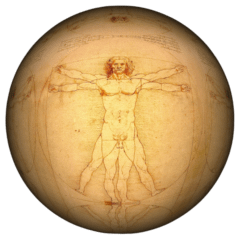In 1933 during the Great Depression Charles Darrow patented Monopoly as we know it today but this was inspired though from the game created by Lizzy Maggie some decades earlier. She patented Landlords Game in 1904 and revised her patent in 1924.
Others have created similar handmade board games in early 1900. The Landlors Game was popular among Quakers as handmade game and so was found by Charles Darrow who modified it and patented it in 1933. Initially the Parkers Brothers refused to produce the game but it is the best sold board game currently.
The name of the streets in the original Charles Darrow game originate from Atalntic City,NJ.
Elizaberth Maggie created the first version of the game called The Landlord’s Game, to criticise the ill effects of land monopolism and the use of land value tax as a remedy for it.
She was an activist for feminist movements and Georgism – political movement asking for an universal land tax.
In 1970 Ralph Anspach invented Anti-monopoly and was sued by Parker brothers for copy right infringement. During the lawsuit he rediscovered the initial creator Elizabeth Maggie who was not given that much credit up to then.
In 1963 a UK train was robbed and robbers played monopoly waiting for the train, the game was found by the police an so they were caught.
Monopoly was very popular during World War II and it was used to smuggle maps and help allied prisoners to escape when mailed to prisoners.
Dices were replaced with spinners during World War II due to rationing.
#Who Really Invented Monopoly?
#Who invented the Monopoly board game?
#When did Darrow invent the Monopoly game?
#Who is the publisher of monopoly?
#What is the controversy about monopoly?
https://www.culturacolectiva.com/history/great-train-robbery-monopoly
https://culturacolectiva.com/history/monopoly-boards-pow-soldiers-escape-prison-camps-wwii
https://culturacolectiva.com/lifestyle/ms-monopoly-board-game-against-gender-wage-gap

